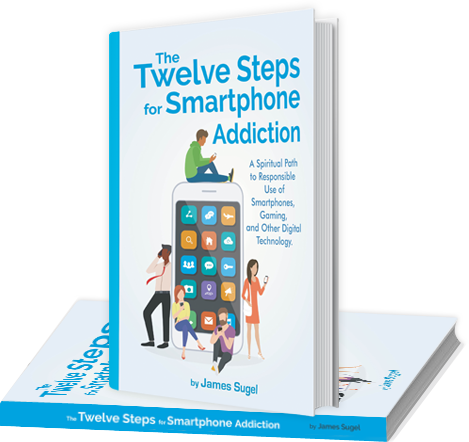
Insomnia
Smartphone overuse contributes to insomnia and sleeplessness in several ways. The first is that individuals remain engaged with content and lose track of time, staying up well past when they planned to sleep. The second is that most smartphones emit blue light, which is clinically proven to contribute to wakefulness and to keeping individuals awake even after they close their phones. While many smartphones now offer “dark mode” which cuts out most blue light, most individuals fail to use this mode, resulting in chronic under sleep.


